This equipment is used for scanning, testing, and sorting 18650 batteries. This high-speed sorting machine can sort between 8,500 to 10,000 battery cells per hour, testing 10 batteries at a time. The device can sort them into 10 different grades. The equipment mainly consists of the following parts:
1. Loading Bin Section: The loading mechanism involves an electric wood-made loading bin with a specific feeding box. The operator just needs to place the feeding box in the loading bin position and remove the bottom stopper for feeding convenience. It avoids jamming issues as the motor drives the groove teeth to sequentially roll the batteries into the buffer belt.
2. Feeding Mechanism: Utilizes a PVC belt to convey the battery cells, with a cover plate on top to prevent the cells from escaping, ensuring they enter the testing position smoothly.
3. Test Conveying Belt Mechanism: This mechanism consists of a conveying belt and a blocking mechanism. When the sensor detects ten cells, it initiates the OCV testing and sorting.
4. Sorting Robotic Arm Mechanism: Mainly composed of a screw rod mechanism and a cylinder clamp mechanism. After testing, the robotic arm descends to pick up the cells using magnetic attraction since 18650 cells can be attracted by electromagnets, allowing the robotic arm to pick up ten cells at once.
5. Sorting Mechanism: After the cells are picked up, they are precisely placed into different grades by an XY-axis screw rod, and then transported out along a sorting belt line. The sorting belt line has 10 belts, each representing a grade of cells. The placement of the cells on the specific belt is controlled by ten suction structures. When a cell is tested to be placed on a specific belt, it is released by the cylinder controlling the magnet, dropping it onto the respective belt to be carried out.
6. Receiving Mechanism: Comprises ten receiving boxes. When the cells flow out from each belt and reach a certain quantity, the receiving robotic arm starts to collect them into the storage boxes. This negates the need for manual intervention in the production line. The receiving boxes are equipped with photoelectric sensors and full material detection functions. Once the material in a box is full, it prompts the operator to replace it with an empty box. During the material collection, the belt line can buffer a certain quantity, allowing continuous production without stopping for collection. This concludes the introduction to the 18650 cell sorting and testing functionality. The equipment structure is stable, already in mass production, and has demonstrated excellent results at client sites. The complete set of drawings is very comprehensive.
Specification: 18650 Cell High-Speed Sorting Machine With Material Collection Box
|
User Reviews
Be the first to review “18650 Cell High-Speed Sorting Machine With Material Collection Box”
You must be logged in to post a review.


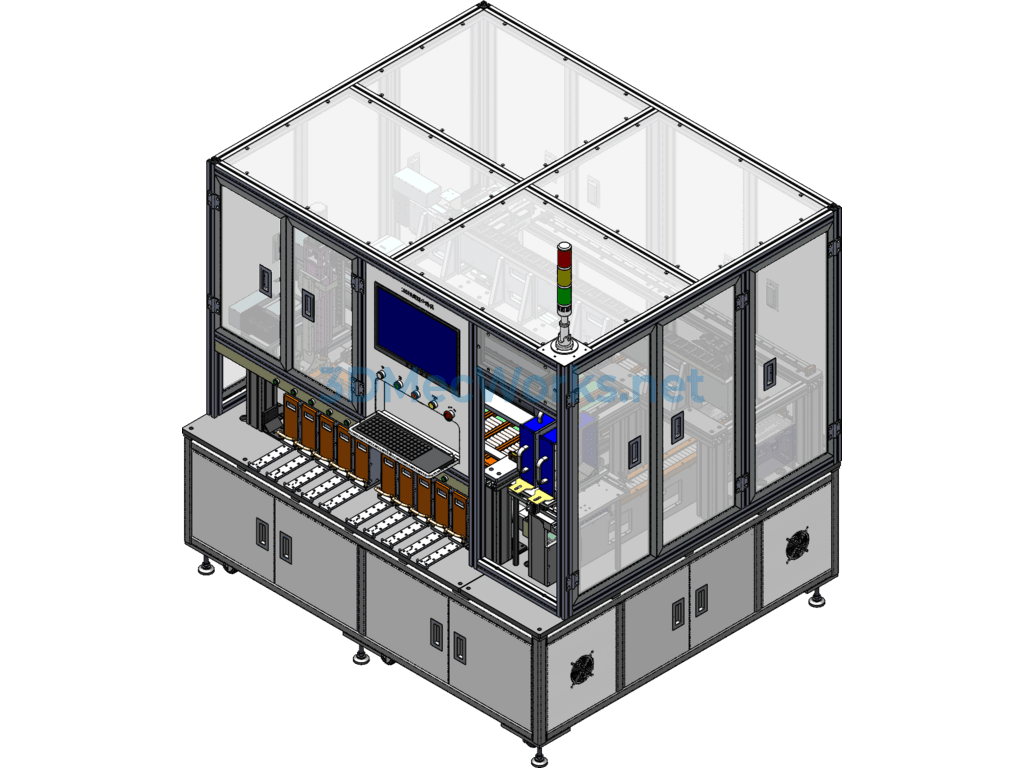
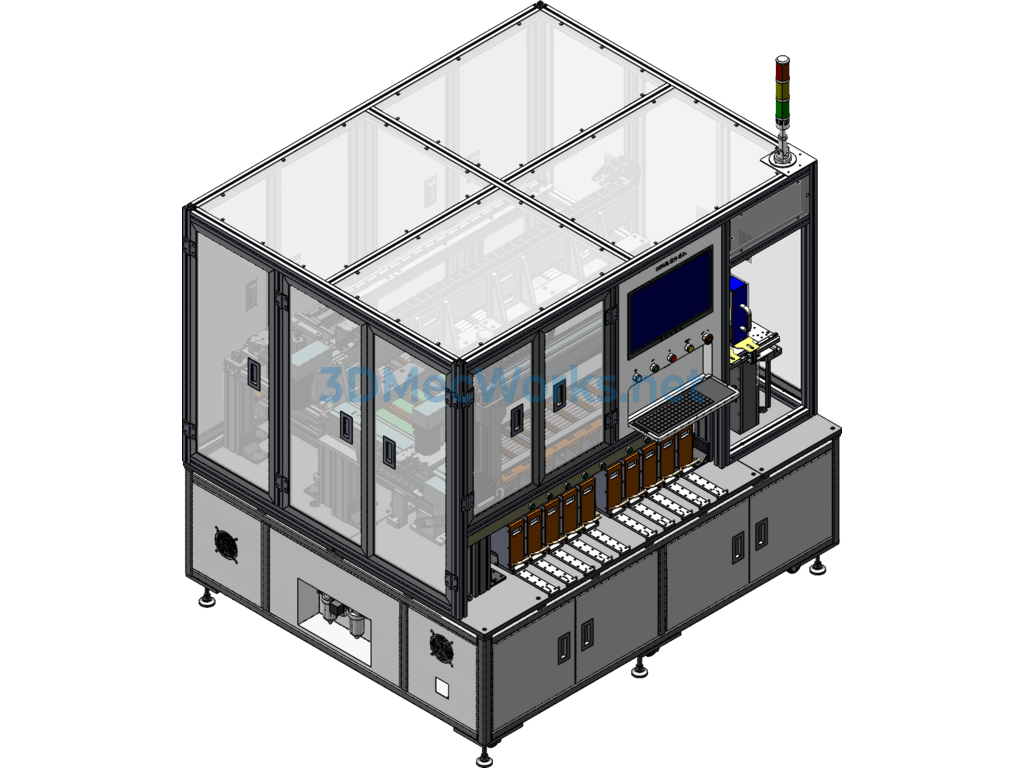
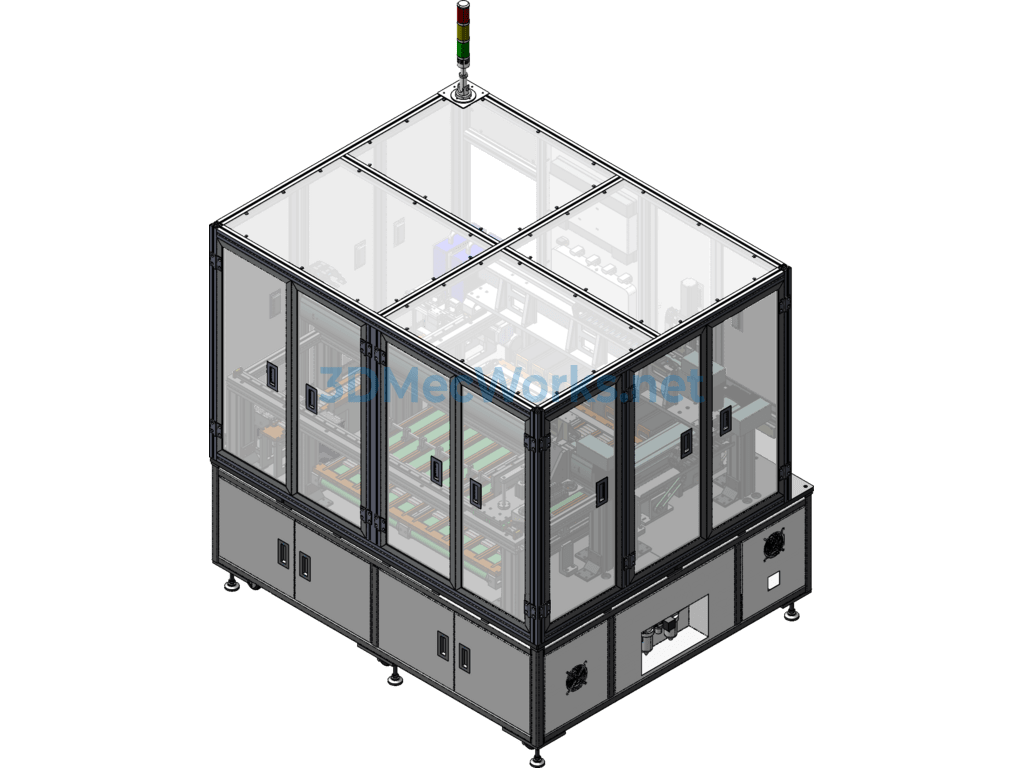
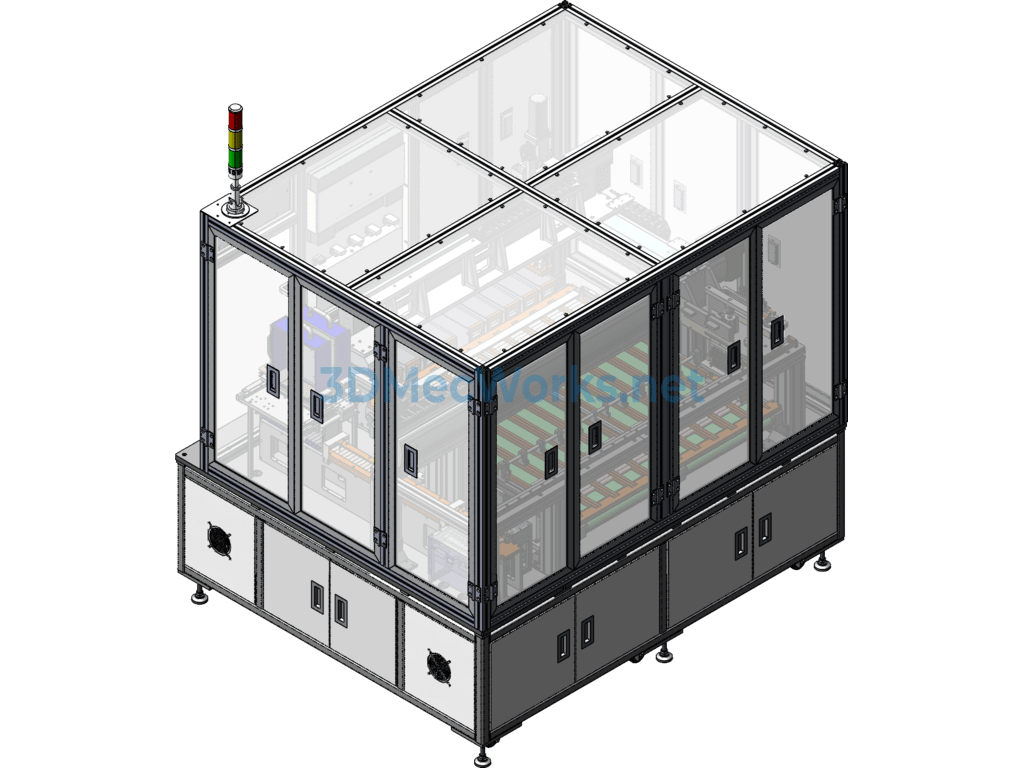
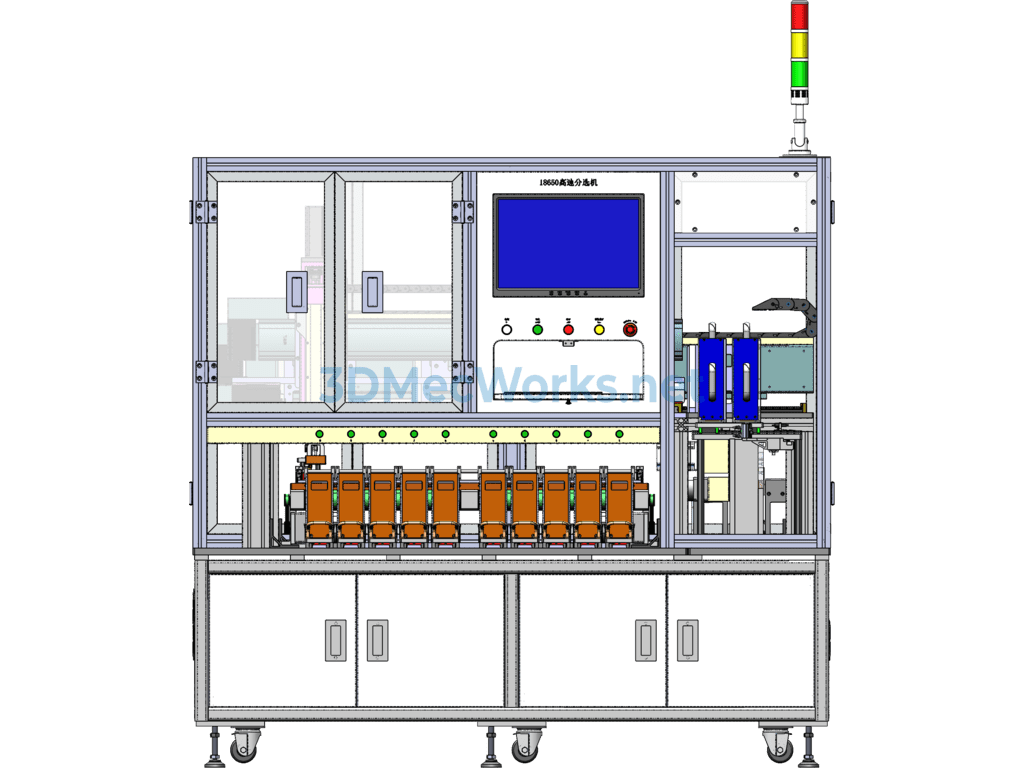
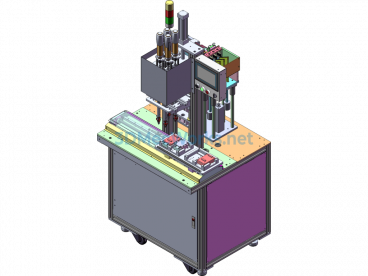
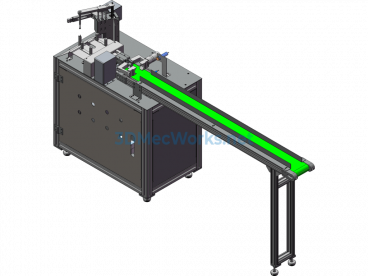
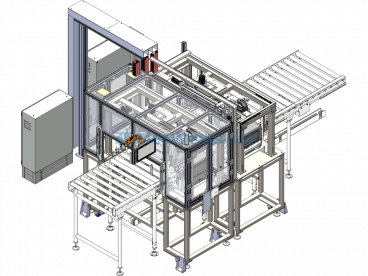
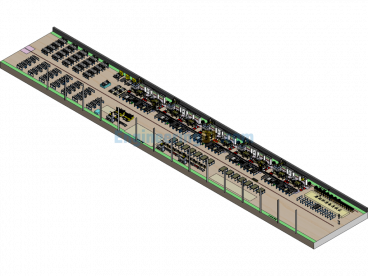
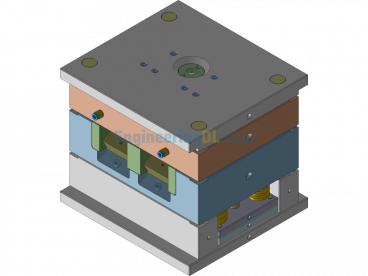

There are no reviews yet.